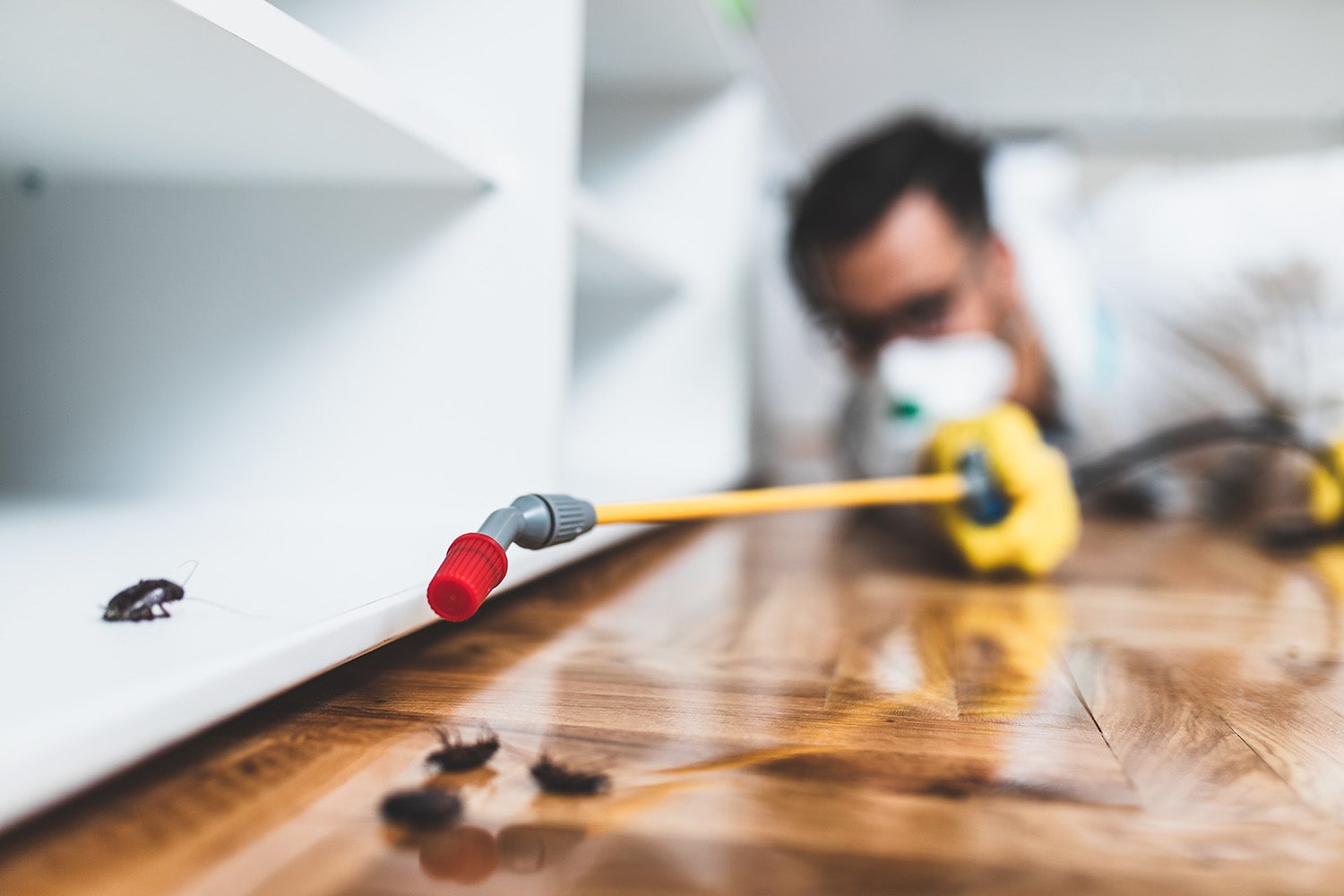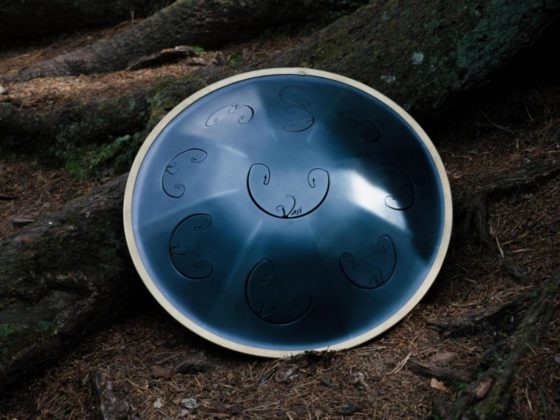Whether you live in the countryside amid beautiful forests and expanses, or in a condo within a concrete jungle, pests in your home or office can be a huge problem. They can do harm to buildings, pets, and humans, while spreading disease, multiplying, and making your home their home. The best kind of pest control is pest prevention: know what bugs and animals are around to help or live peacefully, and which ones may cause problems sooner or later.
Knowledge is power when it comes pest control. There are preventative measures you can and should take in your home or office. Still, life will find a way and nature always has the upper hand, meaning that your best efforts may still lead to pest problems, at which point it’s best to consult experts. With over 35 years of service, Clegg’s Pest Control has the knowledge, expertise, and execution to take care of all kinds of pests. Here’s are some all too common disturbances, and how to deter them from bothering you.
Termites
These prevalent, wood-eating insects can be a major problem for home and property owners. Termites have been around for a long time, and likely be around for a long time still, thriving off cellulose in wood while multiplying and spreading quickly and easily. If your neighbors have termites, it’s wise for you to get your place checked before it’s too late. Rotting, blistering, bubbling or hollow wood are good indicators of potential termite infestation. Prevention and early detection are imperative for termites – if you find out when it’s too late, the costs of not only removing them, but fixing what they’re destroyed are likely going to be high.
Bed Bugs
The bane of city dwellers, bed bugs are terribly annoying, utterly creepy, and at times unstoppable. These tiny guys live in mattress, couches, and other furniture and spend nights biting you and feeding on your blood. Itchiness, bumps on your skin, and tiny spots on blood on sheets or clothes are all signs you might have bed bugs. While they don’t transmit disease, they can be incredibly disruptive and discomforting to day to day life. Treatments vary, but usually exposure to intense heat works. Some companies, like Clegg’s, even have bed bug detecting dogs to help snuff out the situation.
Mosquitoes
Mosquitoes are one of the most problematic pest problems to have as they can pose a serious risk to your help. That’s the worst-case scenario – at best they are a terrible nuisance and can lead to much discomfort after they’ve feasted on your blood. As they are attracted to humid and wet conditions, there are ways to tend to your home and garden to prevent such environments from blossoming. Treatments and other repellents are useful during the summer months, while proper screens and sealed doors and windows will keep them from getting inside.
Cockroaches
Cockroaches are made to survive. They are incredibly primitive and yet are found around the world and have existed well into the past and look poised to make it far into the future. This is in part because they are so resilient – they can last without food for some time, lying in wait until something comes along. That means they can be in your home without you knowing. What’s more, they’re especially social, reproduce easily, and can make homes just about anywhere. To humans, they tend to be repulsive, but also may carry disease and cause allergies.
Moths
They aren’t the most common pest nuisance, but those who have experienced a moth infestation knows how much chaos they can cause. Moths are commonly found in dark, dry places, like an attic or pantry. If they find a source of food, such rice or grains, they are set for some time. They can create cocoons and webbings, which means the food has to go. What’s more, they can get into dressers and closets, eating clothes and other pieces of fabric, destroying your wardrobe. You may not see them right away, but you’ll start to notice their destruction, at which point it’s best to contact professionals to identify the specific moth and a treatment plan.
Fleas and ticks
For those with pets, it’s always best to be on the lookout for fleas and ticks. These insects spread quickly and easily, create great discomfort and even pain, and may spread disease to its hosts. These are particularly resilient creatures, which means any treatment needs to be comprehensive and carefully planned. Eliminating 99% of the fleas won’t do the trick. Preventative measures are important too – know what areas around your home may be filled with ticks, and always check your pet after outdoor adventures.
Ants
When it comes to dealing with ants, it’s best to check in with experts because there are many different species of ants that are causing problems, and they are not all the same. Some may damage the structure of the home, while others may be attracted to you or pets. Others may be going after food. And the prevalence of ants means somewhere is a nest. When they’re scurrying about, it can be hard to identify exactly what species you are dealing with – but whatever it is, they shouldn’t be in your house.
Rodents
While mice and rats can make sweet pets, wild ones finding their way into your home or office can be a huge problem. They chew – a lot – which means that they may be eating your food, but also may mean they are going after cables, wires, and other random things that cross their paths. What’s worse, some rodents may carry disease with them, threatening the health of those in the house. Rodents tend not to be solitary, so if one has found its way in, chances are others have as well or a nest has been made. Everything in and around your home needs to be sealed, or they will get in. And getting them out isn’t easy.
Spiders
Spiders are your friend! They eat the insects and bugs on this list, helping to curtail disease and keep your house and home bug-friendly. Also, unlike some other critters on this list, they have no interest in humans. So keep them around.

















